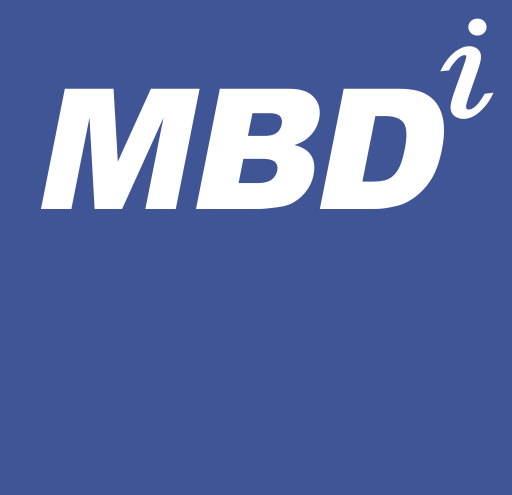Would you believe that in this day and age, some organizations use crystal balls in their decision making? We have found this to be true, especially as it relates to Opportunity Identification and Qualification. They use these “fortune teller balls” to see the future and make “informed” decisions about which opportunities to pursue. However many of these crystal balls are actually snow globes in disguise.
There are two types of “soothsayers” who read the business opportunities being presented. One individual makes decisions based on hard facts and the human intelligence they’ve gathered to assist in making an informed choice to pursue opportunities or not. The other clairvoyant makes decisions based on assumptions, desires, emotions and what pops up on “Fedbiz” that day. Which one of these systems do you currently use and which would you prefer to use to make your decisions? To clarify this scenario in a BD perspective, we’ll explore both of these concepts a little further.
BUSINESS DEVELOPMENT DRIVEN
The first group is categorized as a Business Development Driven Organization with a focus upon a purposeful interaction and dialog with the customer. The result is the advancement of a business relationship between the two parties. Both understand the problems or challenges being presented. There’s been a comprehensive discussion about possible solutions and even some dialog concerning the technical characteristics or specifications required to solve the problem. The information exchange has been two-directional. The client has shared candidly about the challenges or issues they need to resolve. These details have been communicated back to the pursuing organization. As a consequence, a specific win strategy and theme have been designed to continue the dialog with the customer. Feedback and input are solicited concerning whether or not the suggested solutions are hitting the mark. The business development organization utilizes this Human Intelligence to make informed business decisions to pursue or not to pursue the opportunity at each stage within their Business Development, Capture and Proposal processes.
This type of organization tends to have a well defined and implemented Opportunity Identification & Qualification(OI&Q)i process. This procedure enables decisions on opportunities to be made early, based upon hard data and human Intel gathered directly from the client concerning their specific problematic situation. The ability to qualify or disqualify an opportunity early on in the process saves the company both financially with their B&P budget and personnel-wise. Precious budget and personnel resources can be committed in response to opportunities where hard Intel data indicates they have the best chance of winning the business.
REACTIVE PURSUIT DRIVEN
The second group can be categorized as the reactive, pursuit-driven organization. They scan the wires waiting for RFPs that match to some key words entered into this system concerning their firm’s capabilities. In their collective “group-think”, each pursuit/RFP carries the same probability of a win, so any win is dependent upon the proposal. The collective mindset is that the best written proposal wins. These organizations base their pursuit decisions upon:
- How many proposals they can write;
- Who they might partner with, hoping this partner has secured the Intel and built the relationship;
- How much capacity currently exists to write the proposal; and,
- If the RFP lists something that matches a keyword.
They’ll assign a Win Probability based upon some internal form of validation. After inputting the data, if the result is greater than a specific number, they’ll pursue it. Time, personnel and attending resources are committed and its game on, clock running and money flowing.
In these organizations the crystal ball is generally missing a component … the client. In preparation for making a pursue/no pursue decision, nobody contacts the client to build a relationship and discover what real issues exist, or if the concept has been shaped earlier and consequently a competitor might be wired to win. Without a person–to-person dialog and client relationship, no one is acting as the advocate for the customer internally. The proposal is written based upon assumptions and the desire to impress the customer with technical knowledge and a possible “unique” solution. The worst situation that could happen is that one or more of these reactive RFPs are won. You start to believe that this is a system that really works. B&P resources are then heavily invested to ramp this process up in the mistaken belief that it’s how the company can sustain growth. This procedure results in a downward spiral of submitting more proposals with an ever-decreasing win percentage, which is then fought with more proposals attempting to achieve the desired rates.
Where do you go to get your information and how good is your crystal ball? If you fall into the second group, you might want to consider outsourcing this vital activity to a local fortune-teller. At least you’ll be provided with an impartial third party opinion in making the pursue/no pursue call on your opportunities.
If this scenario is not in your future, I would suggest implementing (OI&Q)i. This equation describes an Opportunity Identification & Qualification process based upon the gathering of Human Intelligence. Incorporating this “missing link” as an integral part of your business procurement procedures will support your Capture and Proposal teams with valuable Human Intelligence gathered directly from client decision makers and influencers. The key here is to be Intel data driven. Intel data allows for intelligent and impartial decision making established with information derived from client feedback, not based on internal desires or emotions … typically known as “Drinking your own Bathwater”.
The (OI&Q)i process is work. It’s called work for a reason, and hard work at that. There are no short-cuts. It’s this focused effort which separates companies that will create and grow their own future, from those that find themselves as part of another organization’s plans, process and future … usually on the wrong side of the M&A process.
“The successful person makes a habit of doing what the failing person doesn’t like to do.” — Thomas Edison.


